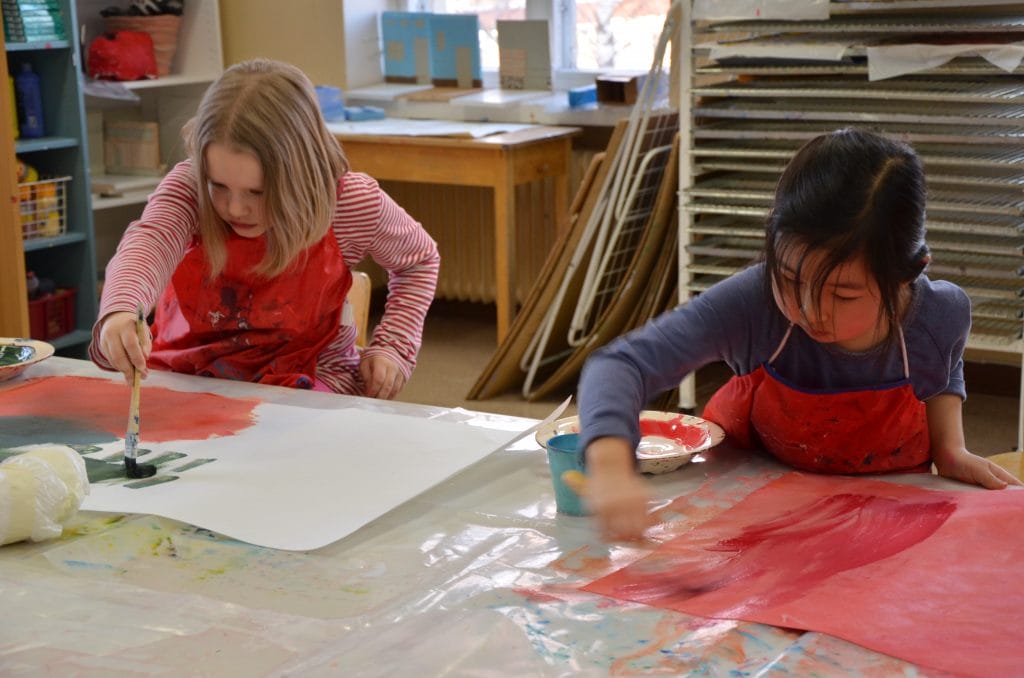The purpose of the assessment of learning is to support the progress of the pupil’s visual arts studies. Versatile continuous evaluation includes different ways of giving feedback as well as guidance for self- and peer evaluation. During the 1st-4th grades, students receive a study year assessment from the teacher in the spring. In the period studies of the 5th-6th study years, the teacher does not give a written assessment, but the student conducts a self-assessment in each period under supervision. In the workshop studies, the student receives a teacher’s assessment at the end of the workshop.
Certificate of completion of basic studies in basic education in the arts: when a student has completed a portfolio of basic studies, it is evaluated and he or she receives a certificate of completion of basic studies.
Graduation certificate for the comprehensive syllabus of basic education in the arts: when a student has completed a thesis and received an assessment of it, he or she will receive a final certificate. There must be an acceptable number of studies and the student must have attended at least six lectures on knowledge of art or an independent exhibition visit.
